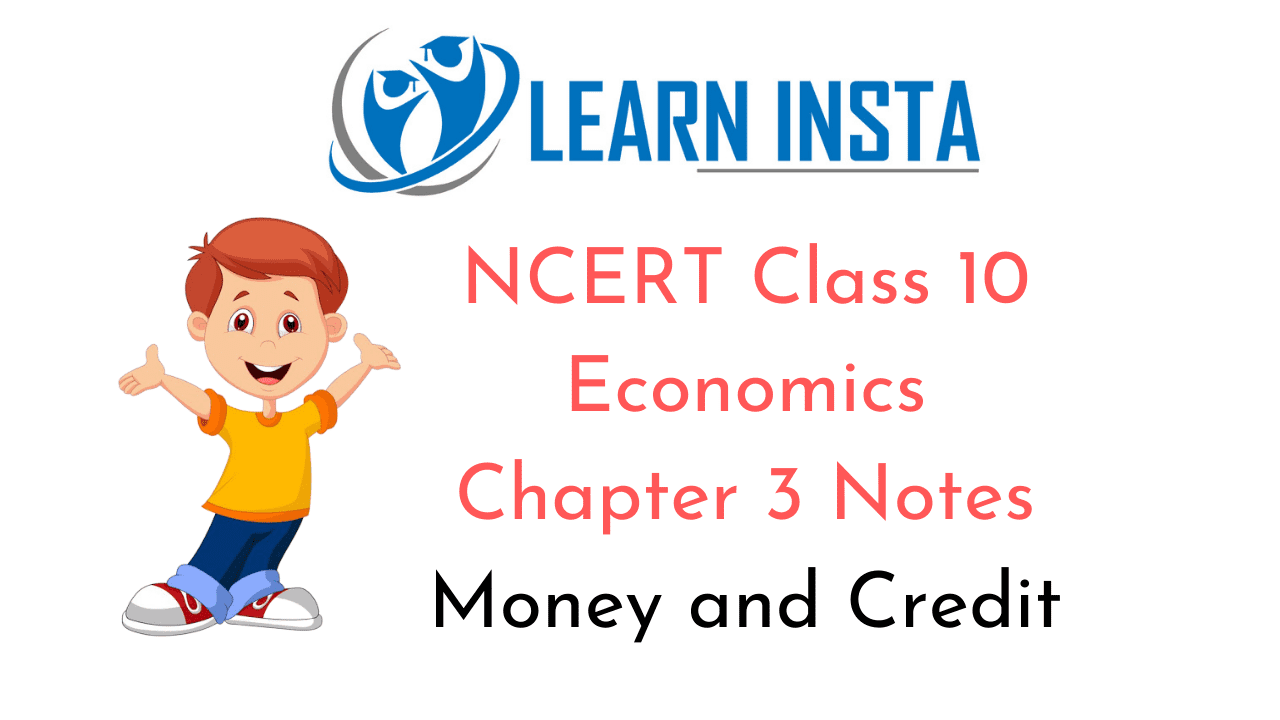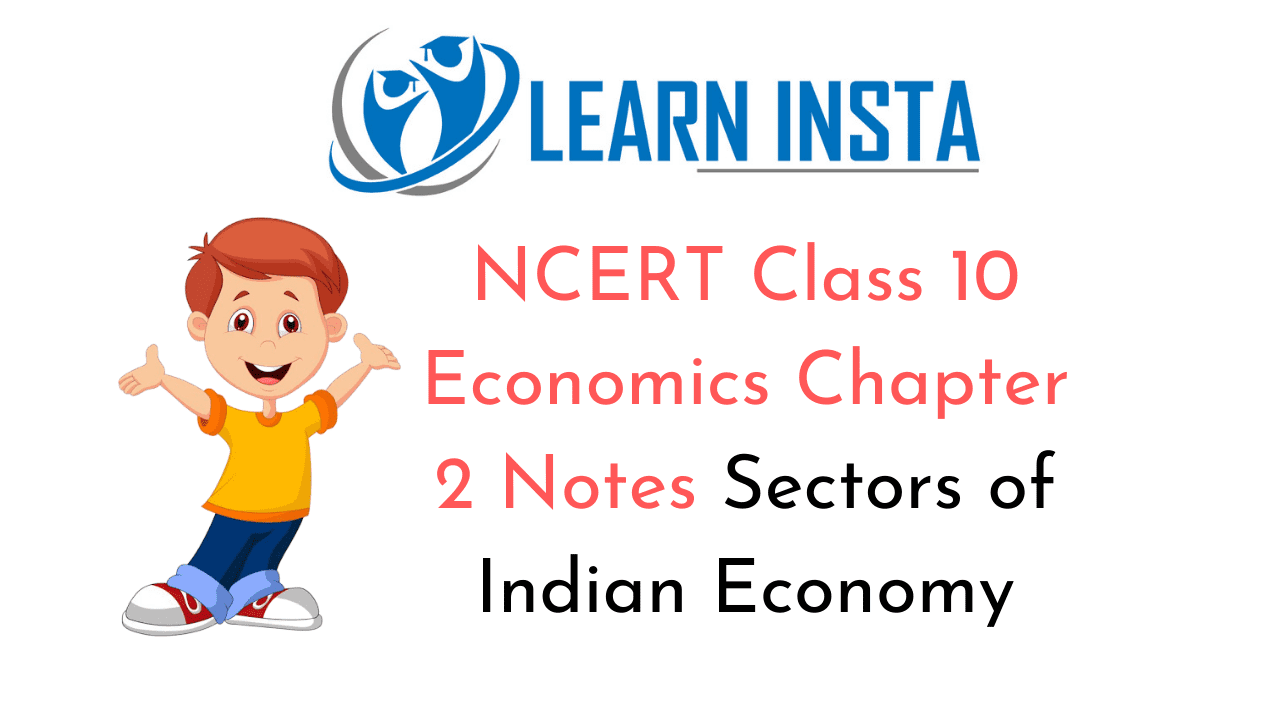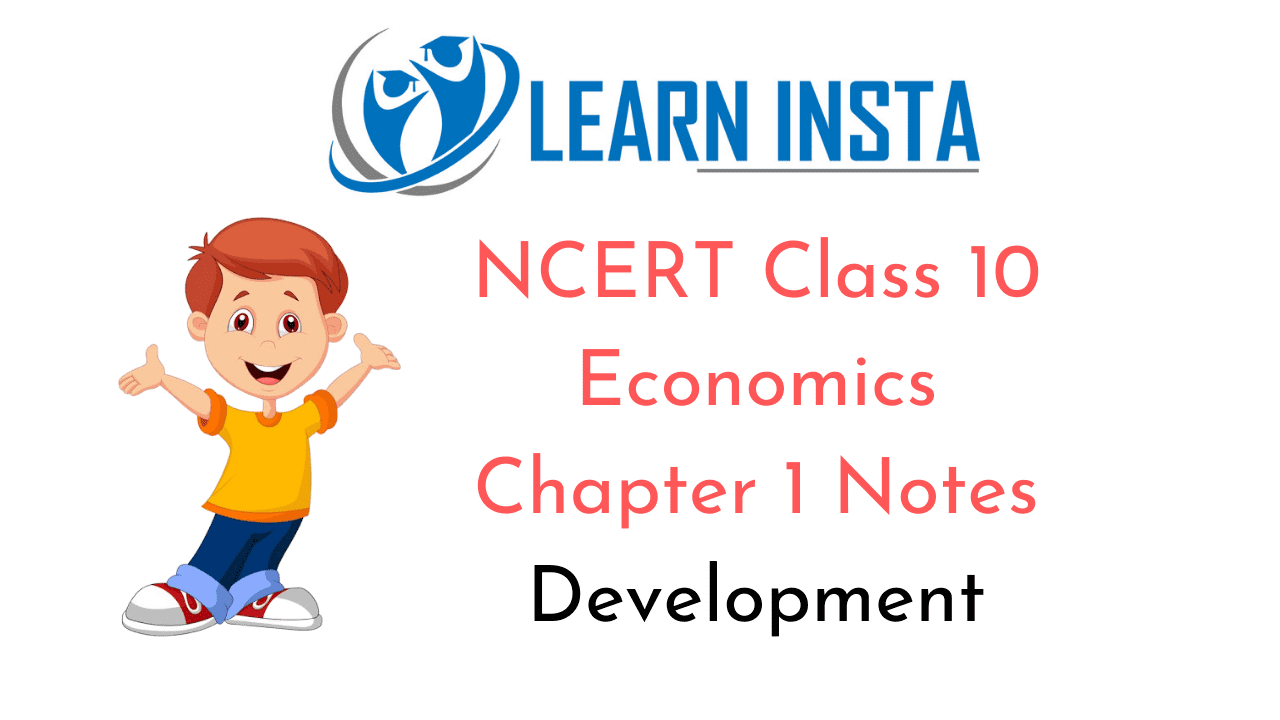 On this page, you will find NCERT Class 10 Economics Chapter 4 Notes Pdf free download. CBSE Class 10 Social Science Notes Economics Chapter 4 SST Globalization and the Indian Economy will seemingly, help them to revise the important concepts in less time.
On this page, you will find NCERT Class 10 Economics Chapter 4 Notes Pdf free download. CBSE Class 10 Social Science Notes Economics Chapter 4 SST Globalization and the Indian Economy will seemingly, help them to revise the important concepts in less time.
Globalisation and the Indian Economy Class 10 Notes Social Science Economics Chapter 4
CBSE Class 10 Economics Chapter 4 Notes Understanding the Lesson
1. Globalization is the process of rapid integration of countries. This is happening through greater foreign trade and foreign investment.
2. MNCs are playing a major role in the globalization process. More and more MNCs are setting up offices and factories for production in regions where they can get cheap labour and other resources. As a result, production is being organized in complex ways.
3. Technology, particularly Information Technology (IT), has played a major role in organizing production across countries. In addition, liberalization of trade and investment has facilitated globalization by removing barriers to trade and investment.
4. At the international level, World Trade Organisation or WTO has put pressure on developing countries to liberalise trade and investment.
5. With liberalisation of trade, businesses are allowed to make decisions freely about what they wish to import or export.
6. In India, barriers on foreign trade and foreign investment were removed to a large extent in the year 1991. This meant that goods could be imported and exported easily and also foreign companies could set up factories and offices in the country.
7. In the last twenty years, globalization of the Indian economy has come a long way. While globalization has benefited well-off consumers and also producers with skill, education and wealth, many small producers and workers have suffered as a result of the rising competition.
8. Several of the small manufacturing units have shut down rendering many workers jobless. Thus, everyone has not benefited from globalization.
9. There is a need to make globalization fair. Fair globalization would create opportunities for all, and also ensure that the benefits of globalization are shared better.
10. The government can play a major role in making this possible. Its policies must protect the interests, not only of the rich and the powerful, but all the people in the country.
11. The government can ensure that labour laws are properly implemented and the workers get their rights. If necessary, the government can use trade and investment barriers. It can negotiate at the WTO for fairer rules.
Globalisation and the Indian Economy Class 10 CBSE Notes Important Terms
MNC: A multinational corporation or MNC is company that owns or controls production in more than one nation.
Investment: The money that is spent to buy assets such as land, building, machines and other equipment is called investment.
Foreign investment: Investment made by MNCs is called foreign investment.
Globalization: It is the process of rapid integration or interconnection between countries.
Trade barrier: It is a measure that governments or public authorities introduce to make imported goods or services less competitive than locally produced goods and services.
Liberalization: Removing barriers or restrictions set by the government is called liberalization.
WTO: World Trade Organisation or WTO is an organization that aims to liberalise international trade. It is located in the USA.
Fair globalisation: Creating opportunities for all and ensuring that the benefits of globalisation are shared better.
 On this page, you will find NCERT Class 10 Economics Chapter 3 Notes Pdf free download. CBSE
On this page, you will find NCERT Class 10 Economics Chapter 3 Notes Pdf free download. CBSE  On this page, you will find NCERT Class 10 Economics Chapter 2 Notes Pdf free download. CBSE
On this page, you will find NCERT Class 10 Economics Chapter 2 Notes Pdf free download. CBSE  On this page, you will find NCERT Class 10 Economics Chapter 1 Notes Pdf free download. CBSE
On this page, you will find NCERT Class 10 Economics Chapter 1 Notes Pdf free download. CBSE  On this page, you will find NCERT Class 10 Civics Chapter 8 Notes Pdf free download. CBSE
On this page, you will find NCERT Class 10 Civics Chapter 8 Notes Pdf free download. CBSE